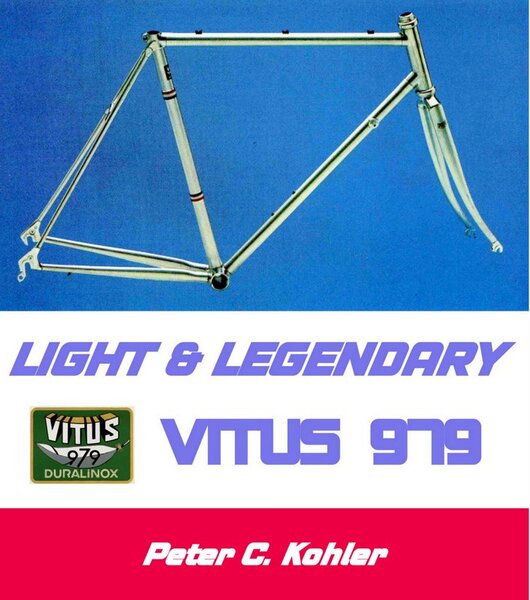kohl57@yahoo.com
Old School Hero
Happy New Year!
I have published a new article on my “On the Drops” blog:
LIGHT & LEGENDARY: VITUS 979
https://on-the-drops.blogspot.com/2016/ ... s-979.html
This is actually a complete re-write and expansion of my original article on the Peugeot PX-10DU to include the whole story of the Vitus 979, its origins, development, design, manufacture, professional team use and commercial models.
The Vitus 979, in production from 1979-1997, was one of the most successful racing bicycles ever with more than 130,000 built and often tete de la course in the professional peloton from 1980-1988. Perhaps best associated with Sean Kelly, Peugeot’s “Foreign Legion” and the Colombians, it figured prominently in the internationalization of Continental cycling during the decade.
As always, corrections, suggestions and additions of photos and information are welcome.
Peter Kohler
Washington, DC USA
I have published a new article on my “On the Drops” blog:
LIGHT & LEGENDARY: VITUS 979
https://on-the-drops.blogspot.com/2016/ ... s-979.html
This is actually a complete re-write and expansion of my original article on the Peugeot PX-10DU to include the whole story of the Vitus 979, its origins, development, design, manufacture, professional team use and commercial models.
The Vitus 979, in production from 1979-1997, was one of the most successful racing bicycles ever with more than 130,000 built and often tete de la course in the professional peloton from 1980-1988. Perhaps best associated with Sean Kelly, Peugeot’s “Foreign Legion” and the Colombians, it figured prominently in the internationalization of Continental cycling during the decade.
As always, corrections, suggestions and additions of photos and information are welcome.
Peter Kohler
Washington, DC USA
